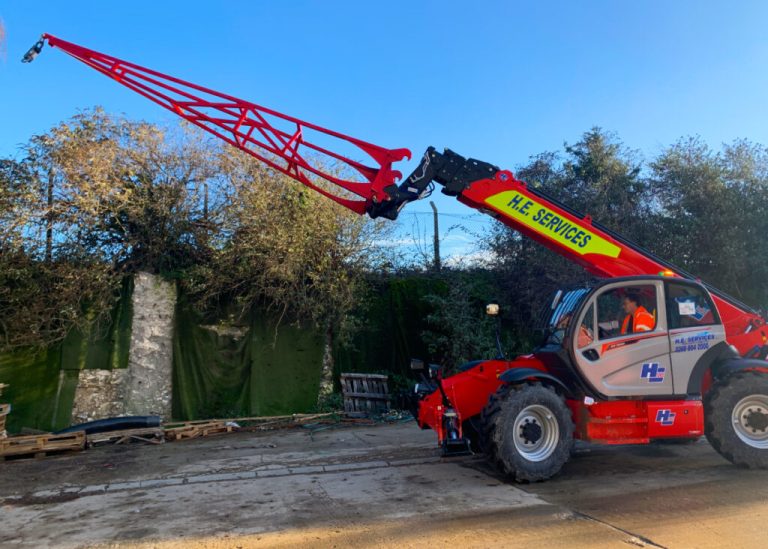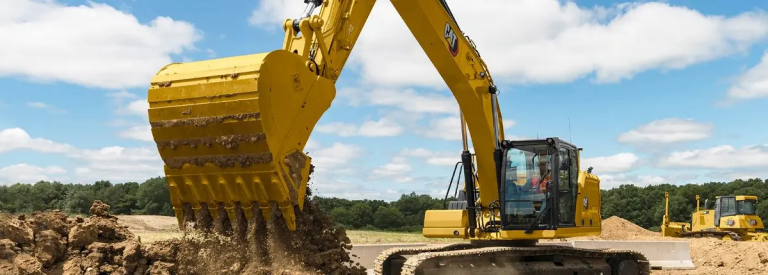How to Tell When Tracks Need to Be Replaced
No matter how you treat and care for your machine’s rubber tracks, they will wear down over time. You can get around 1,600 hours out of your tracks, depending on how you treat them and the environments you use them in. Once they show signs of wear, it is crucial to consider rubber track replacements.
What Are Tracks?
Tracks are powerful machine additions that provide adequate traction with minimal impact on the ground. Skid steers, bulldozers and compact loaders are a few types of heavy equipment that use tracks to traverse various terrains. While they are generally slower, these versatile machines are used in environments with snow, ice, dirt, rocks, grass and pavement.
When Should You Replace Your Tracks?
Watch for the following situations to determine whether your machine’s tracks require replacement:
- Damage: Cracks, missing lugs, deteriorating guide rails or visible steel cording are all signs of external wear due to conditions and frequent use.
- Tread depth: Tracks should maintain a tread depth of around 1 inch to provide adequate stability and purchase across various terrains.
- Sprockets: Sprockets wear down quickly and cause broken teeth, frequent derailments and lug skips, creating dangerous situations for your operators and crew.
- Tension: Rubber tracks can stretch and become loose or tighten, putting too much stress on your machine. If you notice improper tension, replace your tracks.
Steps for a Complete Track Replacement
While loader and dozer track repairs are possible, they require substantial labor and money and do not always remedy underlying problems. Instead, replacing your tracks is a more cost-effective and long-term solution.
Once you have found the best track design, tread type and width for your job site, follow these steps to a successful track replacement:
- Release tension: Loosen the grease fitting using a wrench, and push in the idler to release the grease.
- Raise the track: Suspend your equipment off the ground using heavy-duty jacks and lifts to protect yourself and the machine.
- Detach the old track: With the help of another person, remove the track from the front idler and the sprocket to detach it from your equipment thoroughly.
- Install the new track: Position the track on the back idler and sprocket before attaching it to the front idler, ensuring it aligns within the right grooves.
- Align the track: Secure the track by tightening the grease fitting — add grease to create the proper tensioning.
- Ensure it works: Drop your machine to the ground and take it for a spin to ensure your new track works as intended.


